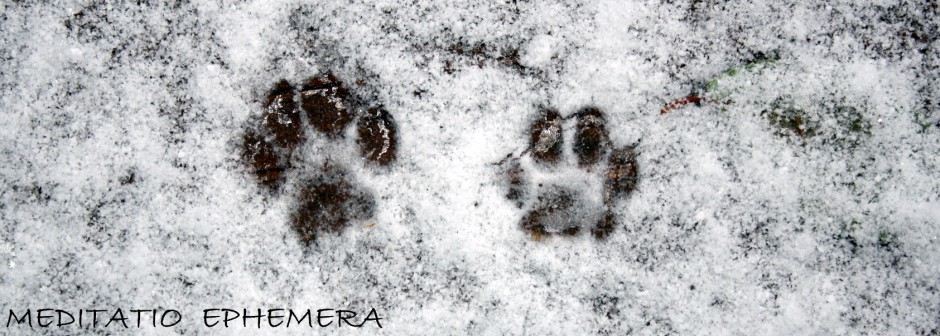Recently, a good friend who lives in Kansas traveled a couple counties over to judge the Sorghum Queen contest in advance of the Stevens County Fair. This year, 19 young women competed for the honor, though its actual attachment to sorghum — a cereal grain fed to livestock and used in sweeteners — has become obscured over time. Nassali and her fellow judges faced the daunting task of assessing the girls’ attire, poise, overall appearance, personality and “punctuality on responsibilities,” according to the interestingly named Hugoton Hermes News.
It was no easy task. Contestants are sponsored by local businesses — in the past, Jet Drive-In, Janet’s Bridal and Boutique and LeRouge Beauty Salon have answered the call — and cheered by family and friends. The judges — intentionally selected from out of town, my friend later speculated – were greeted by hissing as various favorite were eliminated from competition leaving, after three memorable hours, only the Sorghum Queen and her two princesses, who are now presiding over the fair like the royalty they are.
Nassali’s story brought to mind my own experience as a county fair judge, though from my current diminished status, you would never guess that in my newspaper reporter days, I was considered enough of a celebrity to determine the winner of the dress-your-goat contest. This was a much easier task than Nassali faced, the goats bearing some responsibility for the outcome, the little kids showing them all decked out in their best Western finery and the cuteness so profound and pervasive that nobody really cared who won.
According to the International Association of Fairs and Expositions, the first American agricultural fair took place in Massachusetts in 1811. Our El Paso County (Colorado) Fair began as a modest gathering in 1905; today, it’s one of more than 3,200 annual fairs in North America.
Now as then, county fairs place agrarian life front and center; many competitors are youngsters who participate in rural youth development programs such as 4-H. Preparing for and competing in livestock, small animal and craft contests is an old-fashioned opportunity to test their mettle and build their character.
For the rest of us, county fairs are a bow to the past and a rebuke to the future, reminding us that virtual reality still can’t hold a candle to the rich sights, sounds, smells and tastes of the breathing, pulsing world all around us.
For those of you who won’t make it to a fair this year, here’s three minutes of unabashed Americana:



I love these photos, I can definitely imagine the sounds and smells that go along with them!
LikeLike
Glad you enjoyed the post!
LikeLiked by 1 person
I would give anything to be able to live rurally again…but I’m older and everyone is happier now that I live closer to my family (in a HUGH urban area). Great post…it makes me happy to know that there are human beings hanging on to rural life…and loving the animals that provide them with food 🙂
LikeLike
Glad you enjoyed the post. In one way, county fairs glorify the commodification of animals — not a good thing, in my view. But in another way, they allow young people to know and care for animals in a way many modern youngsters never do. And that is definitely a good thing. 🙂
LikeLike
🙂
LikeLike